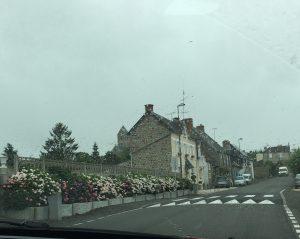So the adventure is over, the Driver and I have been back in Australia for a week or so, but I still have a couple more stories to share.
Quite a lot of our stay in Normandy was spent exploring the many museums, sites and monuments that commemorate the Battle of Normandy . “Operation Overlord was the code name for the Battle of Normandy, the Allied operation that launched the successful invasion of German-occupied Western Europe during World War II. The operation was launched on 6 June 1944 with the Normandy landings (Operation Neptune, commonly known as D-Day). A 1,200-plane airborne assault preceded an amphibious assault involving more than 5,000 vessels. Nearly 160,000 troops crossed the English Channel on 6 June, and more than two million Allied troops were in France by the end of August.” Operation Overlord Wikipedia
I knew very little about the Battle of Normandy and D-Day, it was another just another battle I heard about in school and at Anzac Day ceremonies and I certainly wasn’t ready for the stories that unfolded as we visited each site.
We started off at the Museum of the Battle of Normandy in Bayeux, just to to get a background and understanding before we visited the beaches. I was particularly taken with the human element of the museum, the stories of the soldiers and villagers and the efforts of the auxiliary staff
The Bayeux War Cemetery is the largest Second World War cemetery of Commonwealth soldiers in France, located in Bayeux, Normandy. The cemetery contains 4,648 burials, mostly of the Invasion of Normandy. I wasn’t all that fussed whether I went to the cemetery but I was so glad I did. It was very peaceful and well maintained, and so moving to see the rows and rows of headstones.
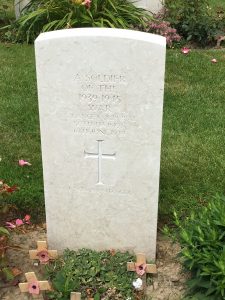
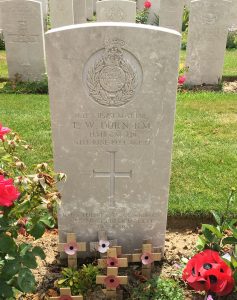
The memorial to the 2000 plus war correspondents killed since 1944 was also moving. Without their efforts and sacrifices we wouldn’t be aware of the what happens on the battlefields.
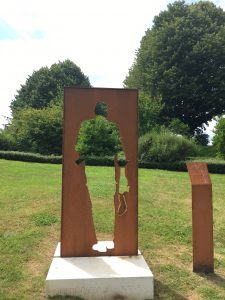
Omaha Beach is probably the most well known of the D-Day beaches, it is the setting of the movie Saving Private Ryan. It was the bloodiest of the D-Day beaches, with roughly 2,400 U.S. troops ending up dead, wounded or missing. Surrounded by cliffs and pounded by heavy seas which made landing difficult, the Americans struggled on the first day but managed to overcome the enemy and take a toehold on the territory.
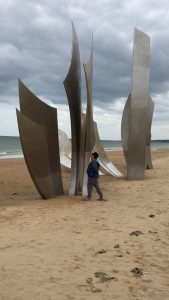
116th Regimental Combat Team memorial

The Normandy American Cemetry is the burial place of over 9 000troops and marks over 1500 troops missing in action.
Mulberry harbours were temporary portable harbours developed by the British to facilitate the rapid offloading of cargo onto beaches during the Allied invasion of Normandy. After the Allies successfully held beachheads following D-Day, two prefabricated harbours were taken in sections across the English Channel from Britain with the invading army and assembled off Omaha (Mulberry “A”) and Gold Beach (Mulberry “B”) at Arromanches. The Royal Engineers built a complete Mulberry Harbour out of 600,000 tons of concrete between 33 jetties, and had 10 mi (16 km) of floating roadways to land men and vehicles on the beach.
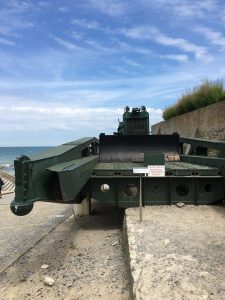
There is so much to see and learn along this fascination coastline and we’d only explored a little of it. But I am so glad to have had this opportunity, it is a fascinating commemoration of the ingenuity and cooperation that went into the D-Day landings, the absolute courage of the battle troops and auxiliary forces in storming and holding the positions along the coast and a stark reminder of how lucky I am to live on a beach that has never seen war.






































